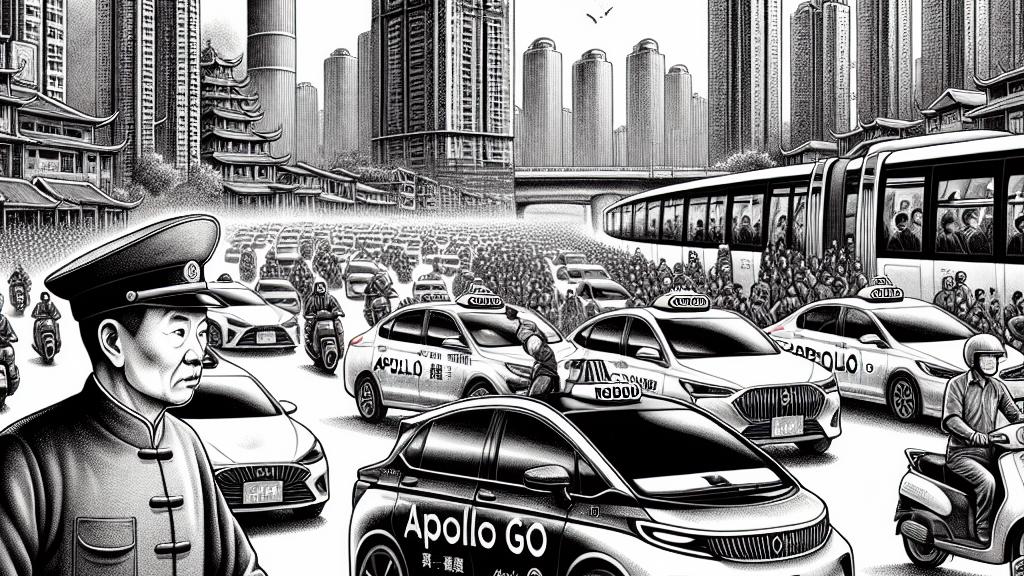Robotaxis Rise: Are China's Drivers Heading for a Crash?
Overview
- Robotaxis are proliferating in China, posing a significant threat to traditional drivers' livelihoods.
- The rapid advancement of autonomous technology raises economic concerns as millions face potential job losses.
- A stark contrast between U.S. and Chinese regulations highlights global variations in the acceptance of self-driving vehicles.

The Emergence of Robotaxis in Wuhan
In the bustling city of Wuhan, China, the integration of robotaxis, particularly from Apollo Go, is reshaping the public transport landscape. This transition places immense pressure on local ride-hailing drivers like Mr. Liu Yi, who express fears about job security as passengers increasingly opt for driverless solutions. With China's ride-hailing driver population soaring to around seven million, the government’s aggressive roll-out of robotaxis represents a major shift towards automation. This expansion is not merely a local trend; it reflects China's broader ambition to lead in global technology innovation, significantly outpacing countries like the U.S., which often impose stringent regulations due to safety concerns. The rapid pace of adoption has left many traditional drivers worried about their futures.
Tesla's Ambitious Robotaxi Plans
Tesla is making headlines with its plans for the 'Cybercab,' a dedicated robotaxi that symbolizes a shift towards fully autonomous public transportation. CEO Elon Musk has promoted this initiative vigorously, suggesting that the future of Tesla lies in AI and robotics rather than just traditional vehicle sales. The Cybercab, designed without a steering wheel or human controls, showcases Tesla's commitment to innovation, albeit this vision comes with numerous challenges. The deployment of this technology hinges on regulatory approval and significant advances in AI, which are still in progress. As competition heats up with Chinese firms like Baidu and Pony.ai advancing rapidly, the pressure mounts on Tesla to keep pace in this revolutionary industry.
Impact on Economy and Workforce Dynamics
As robotaxis gain traction, the economic ramifications loom large, with projections indicating that automation may threaten up to 300 million jobs worldwide. In China, where ride-hailing offers valuable employment, the rise of driverless vehicles intensifies the challenges faced by workers, particularly those in lower-income brackets. Social media explodes with discussions about economic disruption, illustrating widespread fear regarding the future of work in this evolving environment. Amidst these transitions, the government faces pressure to create effective strategies to mitigate job losses and socio-economic disparities, as the push for technological advancement must balance innovation with the well-being of its workforce. The path forward involves carefully considering how to support displaced workers and alleviate potential inequalities as society transitions to an automated future.

Loading...